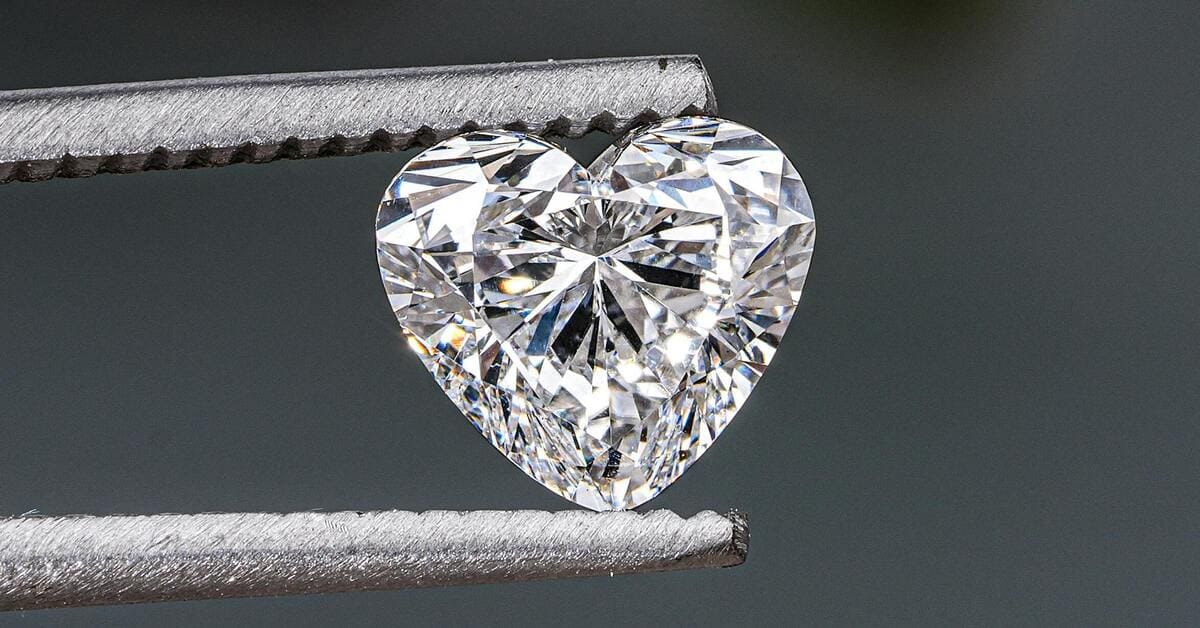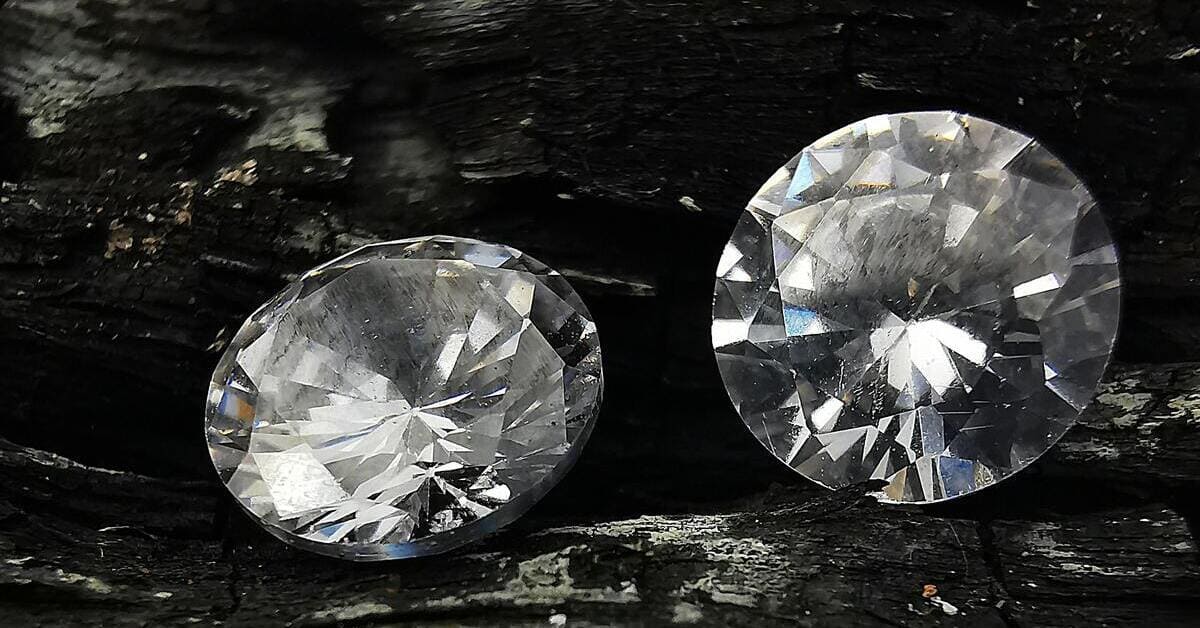Why Certain Diamond Cuts Are So Expensive
Diamond cuts vary in price for specific reasons. Manufacturing yield, market demand, brilliance, and cutting complexity determine cost differences between shapes. Round brilliant diamonds cost the most, though price gaps between cuts have narrowed since 2020.

Current Market Prices Show Clear-Cut Hierarchies
Natural 1-carat diamonds cost $4,000 to $9,000 in 2025. Lab-grown versions of the same size run $800 to $2,000. These prices apply to stones with excellent cuts and mainstream color and clarity grades.
Round brilliant diamonds lead in price. A 1.00 carat natural round with J color and SI1 clarity costs $3,390 at James Allen and $3,450 at Blue Nile. Compare that to a 1.01 carat princess cut with J color and VS1 clarity at $2,370 from James Allen. The princess cut costs about 40% less than the round despite having better clarity.
Lab-grown diamonds tell a different story. Prices dropped 70-80% since 2020. Small lab diamonds (0.5-0.99 carats) start at $260. Premium 5-carat lab diamonds reach $12,457. A 1.0-1.49 carat lab round averages $498-$754 at wholesale, while retailers charge $800-$2,000.
Manufacturing Yield Drives Cost Differences
Round brilliant cuts waste the most rough diamond material. Only 40% of the original rough remains after cutting and polishing a round. This low yield increases labor costs and material loss, pushing prices higher.
Princess cuts keep 80% of the rough diamond. This efficiency makes them less expensive to produce. Cushion, oval, marquise, and emerald cuts also retain more original stone than rounds. Better retention means lower per-carat prices.
The cutting process affects final cost. Round cuts require precise angles and proportions to achieve maximum brilliance. Each facet needs exact placement. Princess cuts allow more flexibility in cutting angles while maintaining good light return.
How Cut Geometry Affects Light Performance and Price
The way light travels through a diamond depends on its cut geometry. A round brilliant cut diamond has 58 facets arranged to maximize light return. Princess cuts use 76 facets but lose some light through their corners. Oval and pear shapes leak light through their bellies when cut too shallow.
Light performance directly impacts pricing. Rounds score highest on brilliance tests because their symmetrical facets create optimal light paths. Cushions and radiants sparkle differently due to their mixed facet patterns. Emerald cuts show flashes rather than sparkle because of their step-cut facets. These optical differences explain why rounds command 20-40% premiums over other shapes with similar carat weights and grades.
Market Demand Creates Price Premiums
Round brilliants dominate engagement ring sales. Their popularity keeps prices high despite production inefficiencies. Princess cuts rank second in demand but sell at lower prices due to better yields.
Emerald and marquise cuts face smaller demand. Limited interest keeps their prices moderate. Some buyers seek these cuts specifically for their distinctive appearance. Lower demand combined with good rough retention makes these shapes affordable alternatives.
Fashion trends affect pricing. Oval and cushion cuts gained popularity since 2022. Their prices remain 20-30% below rounds while offering larger face-up appearance per carat. Retailers report increasing sales of these shapes to price-conscious buyers.
Technology Changes Production Economics

Improved cutting technology increased yields for fancy shapes. Computer-controlled cutting machines produce more precise angles. Better precision means less material waste during cutting.
AI-driven optimization helps cutters plan each stone. Software analyzes rough diamonds to determine optimal cutting patterns. These advances particularly benefit lab-grown diamond production.
Lab-grown diamonds changed pricing dynamics across all cuts. Their rapid price decline forced natural diamond prices lower. Spring 2025 data shows natural diamond prices dropped 2-3% month-over-month. The average price per carat for all sizes hit $9,249, with 1.0-1.49 carat stones at $3,843 per carat.
Cut-Specific Value Propositions
Each cut offers distinct advantages:
Round brilliants provide maximum brilliance and strong resale value. They suit traditional buyers who prioritize light performance. The premium price reflects both demand and production challenges.
Princess cuts deliver near-equal brilliance at 40% less cost. Square shapes appeal to modern tastes. High manufacturing yields make them the best value for large diamonds.
Oval and cushion cuts look larger than rounds of equal weight. Their elongated shapes create flattering finger coverage. These cuts balance style with affordability.
Emerald cuts showcase clarity rather than brilliance. Step-cut facets create hall-of-mirror effects. Art Deco enthusiasts favor their geometric appearance.
Marquise cuts maximize carat weight appearance. Their pointed ends make fingers look longer. Low demand keeps prices competitive despite moderate yields.
Investment Considerations Vary by Cut
Natural round brilliants retain value better than other shapes. Their consistent demand supports resale prices. Fashion-oriented cuts depreciate faster due to changing trends.
Lab-grown diamonds lose value regardless of cut. Rapid production increases and falling prices eliminate investment potential. Buyers choose lab-grown stones for immediate enjoyment rather than future value.
Princess and fancy cuts in natural diamonds offer poor investment returns. Their resale values lag behind rounds by 30-50%. Smart buyers purchase these cuts for personal satisfaction rather than financial gain.
Price Trends Point to Narrowing Gaps
Diamond prices fell across all categories from 2020 to 2025. Natural diamond prices softened due to economic factors. Lab-grown prices collapsed from oversupply.
The price difference between cuts continues shrinking. Improved manufacturing reduces waste for fancy shapes. Better yields allow retailers to lower margins on non-round cuts.
Consumer preferences shifted toward value shapes. Younger buyers prioritize size and style over traditional round brilliants. This demand shift supports pricing for alternative cuts.
Retailers now recommend fancy shapes more frequently. James Allen and The Diamond Pro suggest ovals, cushions, and princess cuts for budget-conscious shoppers. These recommendations acknowledge that current pricing structures favor non-round shapes.
The diamond market continues adapting to new realities. Production improvements, changing tastes, and lab-grown competition reshape traditional pricing models. Smart shoppers benefit from understanding these dynamics when selecting their preferred cut.




Leave a Comment